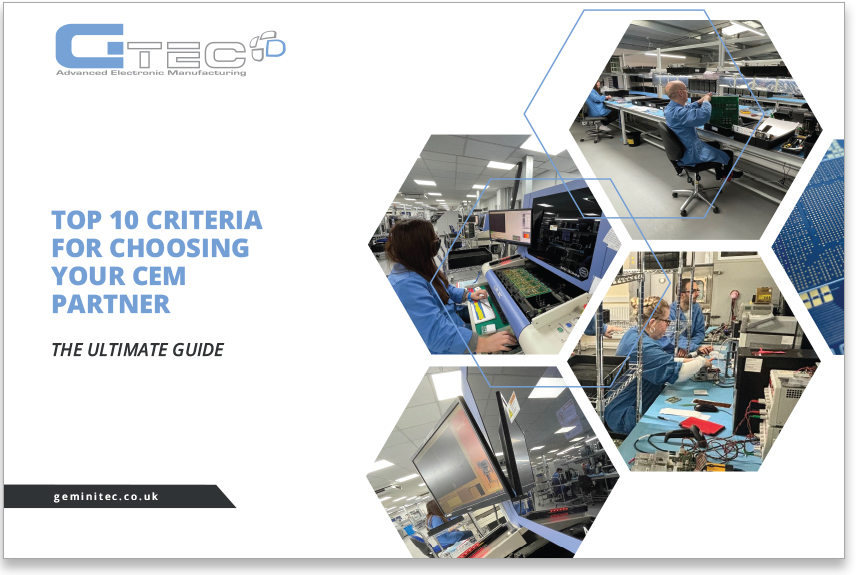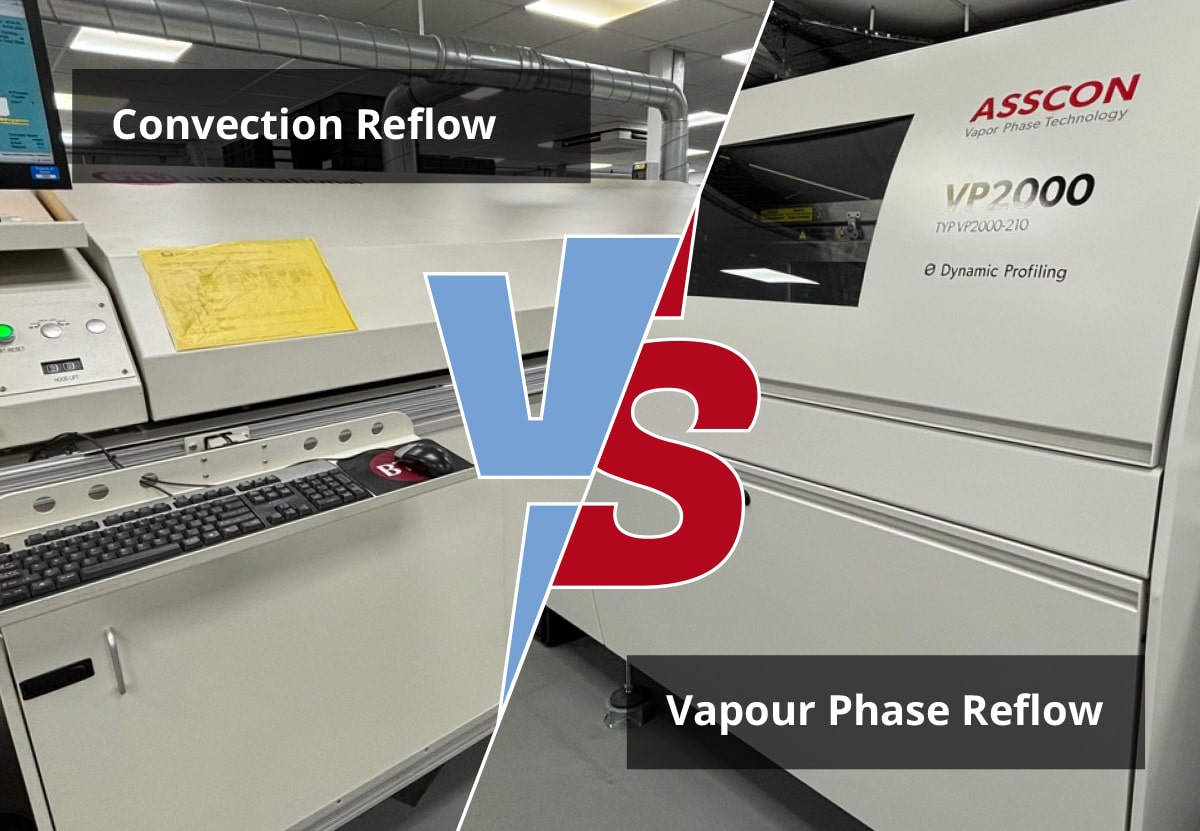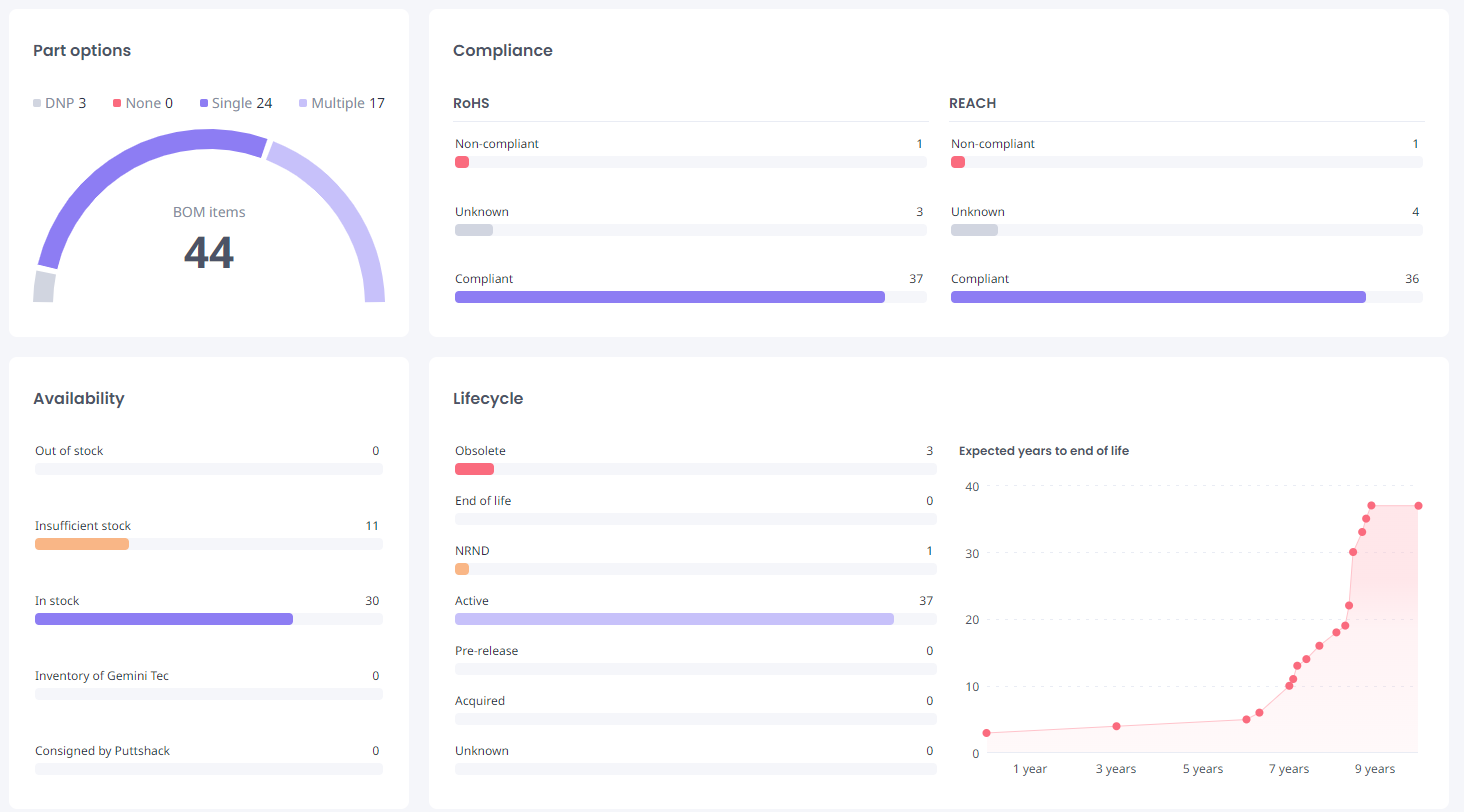
Adam Harsant, MD, explains why in 2007, Gemini Tec took the pioneering step in the UK CEM industry by being the first to adopt solder jet printing.
This innovative approach to solder paste application in the rapid prototype environment and high mix arena not only enhanced our ‘time to customer’ KPI but also significantly reduced downstream issues, hidden costs, and unplanned delays.
With a rich history in PCB design, Gemini Tec was handling a high mix of prototypes and NPI orders. As the industry shifted towards smaller and more complex SMT devices, we saw an opportunity to adopt solder jet printing technology. This strategic move not only improved our production capabilities but also instantly reduced costs, benefiting both us and our customers.
The traditional stencil process, despite its longevity, has remained largely unchanged over the years. This method, involving design, procurement, cleaning, and subsequent storage, often consumes valuable resources and effort. Moreover, it frequently compromises quality, lead times, or both. This underscores the need for innovative solutions like those offered by Gemini Tec.
The key advantage of jet printing was flexibility with process control. The ability to apply 330uM (5nl) of solder paste directly onto the board and then instantly modify the paste volume became a game changer. We no longer suffered from production delays (line stops) with the need to re-engineer and re-order stencils, which directly impacted customer deliveries.
Jet printing has also allowed us to navigate around numerous design constraints. For example, when D-Pak devices are placed in close proximity to 0201 discrete components, there is a subtle effect on the thermal behaviour, which can be problematic for RF-based products.
The application of the correct volume of solder paste in X, Y & Z locations allows us to remove the risk of many common issues such as insufficient paste (open circuits) or over paste (bridging and shorts).
Now, we can simply adjust the volume of solder paste to compensate for any potential issues and improve the process on the fly for every PCB. Our approach to zero defects means our AOI process will pass 99.74% first time across 27 million SMT components a year, negating the need to undertake any undue rework to the products.
Fast forward to today, and the technology allows us to place 215uM (2.1nl), which, in terms of stencil technology, is the equivalent of using multiple-thickness stencils across various areas of each PCB, which is simply not feasible for complex designs.
Gemini Tec’s investment in three jet printers, now integral to all our SMT production lines, allows us to deliver this exceptional process capability for a range of production orders, from prototype to full production batches up to 2500 pcs. The latest MY700 printer, with two printing heads, exemplifies our continued commitment to leading-edge technology.
Solder Jet Printing vs Traditional Stencil Printing
Solder Jet-Based Printing:
Overview:
Jet-based printing utilises specialised print heads to precisely dispense solder paste droplets onto PCBs.
Pros:
- Market Specific: Best suited for high reliability applications and products, where conformance is paramount.
- Design Flexibility: Adapts seamlessly to design changes without stencil constraints.
- Waste Reduction: Selective deposition minimises solder paste wastage, optimising costs and sustainability.
- Versatility in Board Types: Accommodates a wide range of PCB types such as flex, flex-rigid, metal substrates, ceramic and tradditional rigid construction.
- Versatility in Technology: Ease of use for SMT and complex SMT devices, including devices with narrow process windows, PoP devices and RF boards.
- Precision Deposition: High placement accuracy facilitates precise solder paste application, crucial for fine-pitch components.
- Setup Efficiency: Eliminates stencil creation, storgae, claning and maintenance, streamlining the setup processes, particularly for small to medium volume runs.
Cons:
- Lower Throughput: Can be slower compared to stencil printing for mass high-volume production.
- Higher Initial Investment: Initial costs may deter smaller manufacturers.
- Maintenance Challenges: Print head nozzles may require daily cleaning and upkeep to ensure consistent performance.
- Viscosity Limitations: Constraints on effective solder paste dispense viscosities may necessitate adjustments or limitations in paste choice.
PCB Stencil Printing:
Overview:
Stencil printing, a cornerstone in electronics manufacturing, employs precision-cut stencils to uniformly apply solder paste onto PCBs.
Pros:
- High Throughput: Ideal for high-volume production settings, expediting the solder paste application process.
- Cost-Effective: With decreasing unit costs at higher volumes, it offers a financially prudent solution.
- Consistent Deposition: Ensures uniform solder paste distribution, fostering reliable solder joint formation.
- Versatility: Accommodates a wide range of standard component sizes.
- Established Technology: Benefits from decades of refinement, ensuring reliability and efficiency.
Cons:
- Initial Setup Costs: Requires investment in stencil creation and maintenance, particularly burdensome for low-volume runs.
- Potential Bridging: Risk of solder paste bridging between adjacent pads, necessitating vigilance in densely populated PCBs.
- Limited Flexibility: Modifications or accommodating new component sizes entail the creation of new stencils, incurring additional costs and lead time.
- Solder Paste Waste: Inevitable wastage during the printing process due to residue or contamination.
- Maintenance Demands: Regular cleaning and upkeep are necessary for consistent print quality, demanding time and effort.
Conclusion & Next Steps
In conclusion, solder jet printing has significantly advanced Gemini Tec’s production capabilities, offering flexibility, efficiency, and cost savings. Our commitment to innovative technology continues to drive our success and customer satisfaction.
The next step to achieving high-reliability production:
To fully understand the deep levels of process capability in use at Gemini Tec, we recommend a visit to meet us in person to enjoy a full technical demonstration of solder jet printing.
Our experienced team can talk in-depth about how we achieve high pass and low failure modes by applying this technology. Contact us today to make an appointment or arrange a discovery meeting to learn more about our high-reliability process control.


